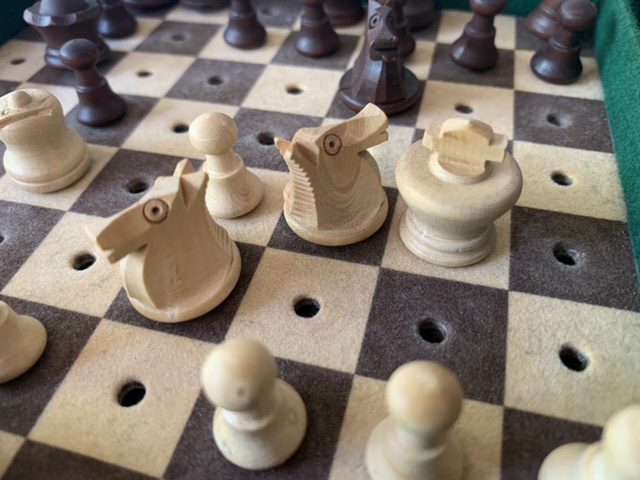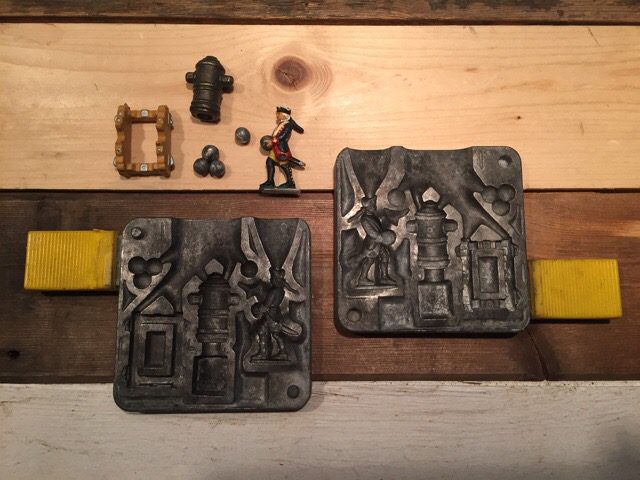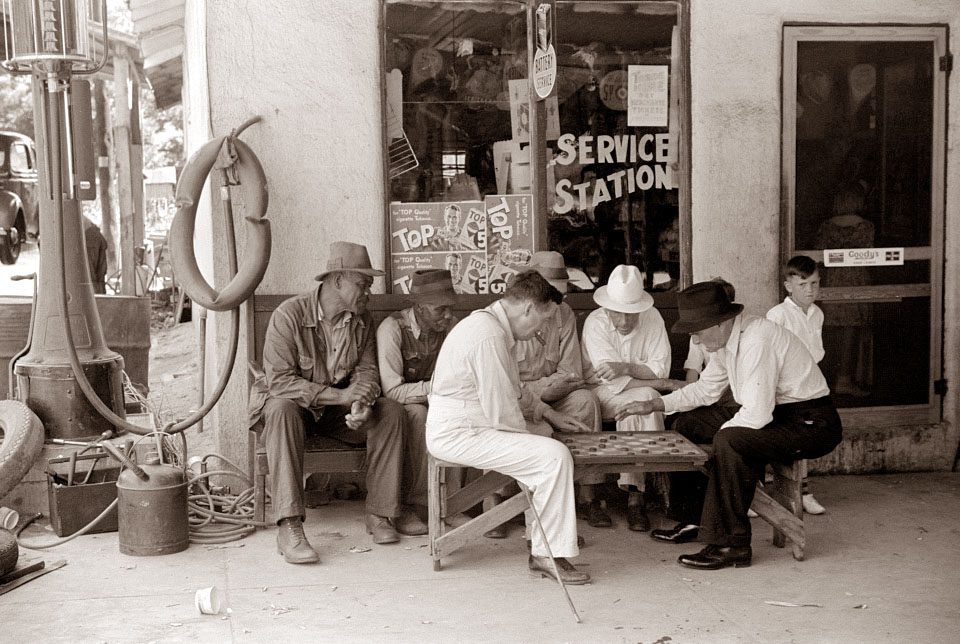Great vintage collection: Early automatic wrist watches
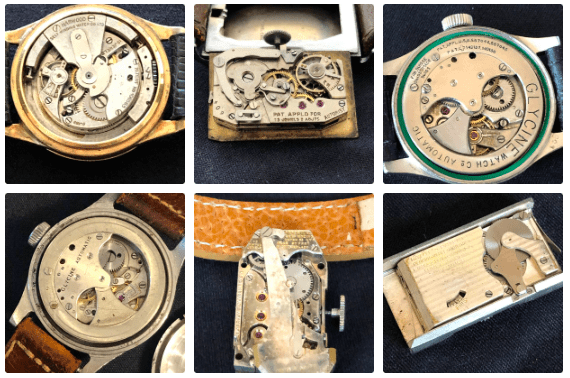
Some ancient history and perspective
Before the early automatic wrist watches, there were pocket watches.These marvelous pieces of engineering were somewhat bulky since size was restricted only by the vest pocket! But since watchmakers and manufacturers are always looking to improve upon their latest invention they are always searching for was to complicate things….literally. This cool by by adding functions, making time keeping more robust or precise or making things smaller. The below image shows what I am talking about.

The early automatic wrist watch
Soon after the above ca. 1900 period, watches got smaller, also aimed at women now. At this point in time some smart watch makers and inventors got thinking about a self-winding watch. This set off a multitude of inventions in the 1910 – 1940 period, on which mr. Emre Kiris of www.glycintennial.com did extensive research and created an impressive timeline. You can find that timeline by following the link, but I give a small impression below. Other watches featured in this article are also shown with the help of and consent from mr. Kiris.
About current automatic watches
What we see in current automatic watches is actually almost always the same. One big moving piece of metal, turning round and round from a centre pin. As shown below. It can be a beautiful expensive and great looking movement or a very simple one but they are the same when looking at the “automatic winding” principle. See also this Seiko automatic with alarm function.

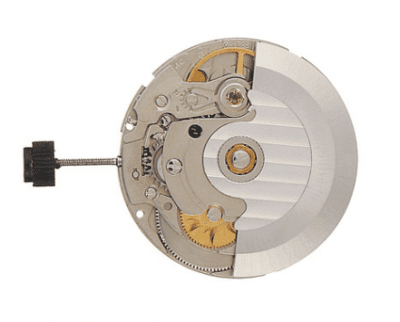
No wonder since it has not changed much since the 1950’s, there was just being build on this principle of centre rotary winding. Many improvements were made as to the exact shape, weight, and how fluidly it would need to turn in order to provide power to the movement. But what about all the knowledge gathered by the watch community as a whole? That is where the early automatic wrist watches comes in.
Winding principes in early automatic watches
No winner without others clearing the way to fame. Mr. Kiris has a great collection of 10 of these beauties, called the Perpetual Primo collection, (which is currently for sale by the way). I really like the fact that some of these watches even got nicknames based on their design! I would like to show some of these that are extra special to me, below.
The Pierce lineair automatic aka “Sawtooth”
In this watch the entire movement moves up by flicking the wrist, and then gradually comes down from left to right over the 2 bars left and right and winding the movement via the sawtooth bar attached to to bottom running straight up. Invented by Leon Levy in 1933.

Rolls automatic aka “WigWag”
This a movement that moves straight up and down inside the watch case, with springs at both end of movement that winds the mechanism while hitting case. This makes an interesting and noisy sound. Invented by Leon Hatot in 1930.
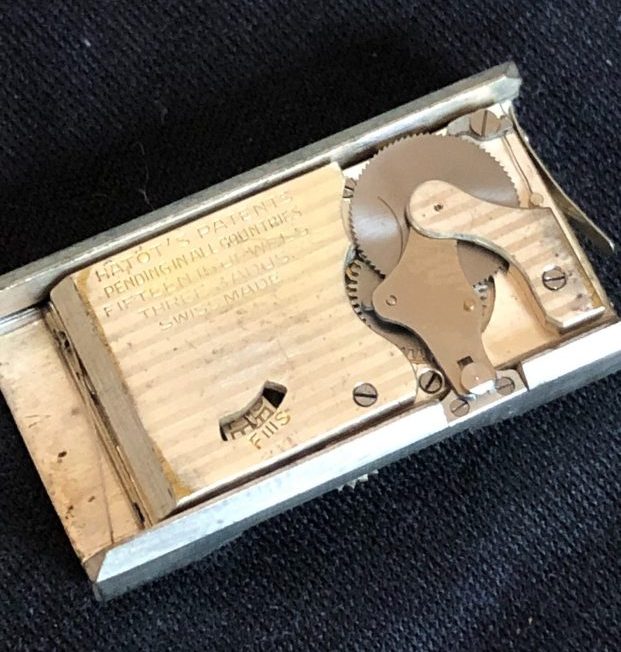
Conclusion on collecting early automatic watches
I am sure this will peak your interest and make you understand why early automatic wrist watches can make a great collections. In addition I can mention that these pieces were made only in small runs since most did not make it out of the experimental phase. Also most were just made for a short period since they were surpassed by new inventions or just did not made the right sound. Getting your hands on these in working condition is key here since only a few dedicated watchmakers are able to revive them. You will find there is a lot to learn about these and you will find many articles covering one or more of these in depth on the internet. There still is some contradicting information around which makes it even more interesting, this is another interesting article covering several pieces.
Enjoy collecting!



